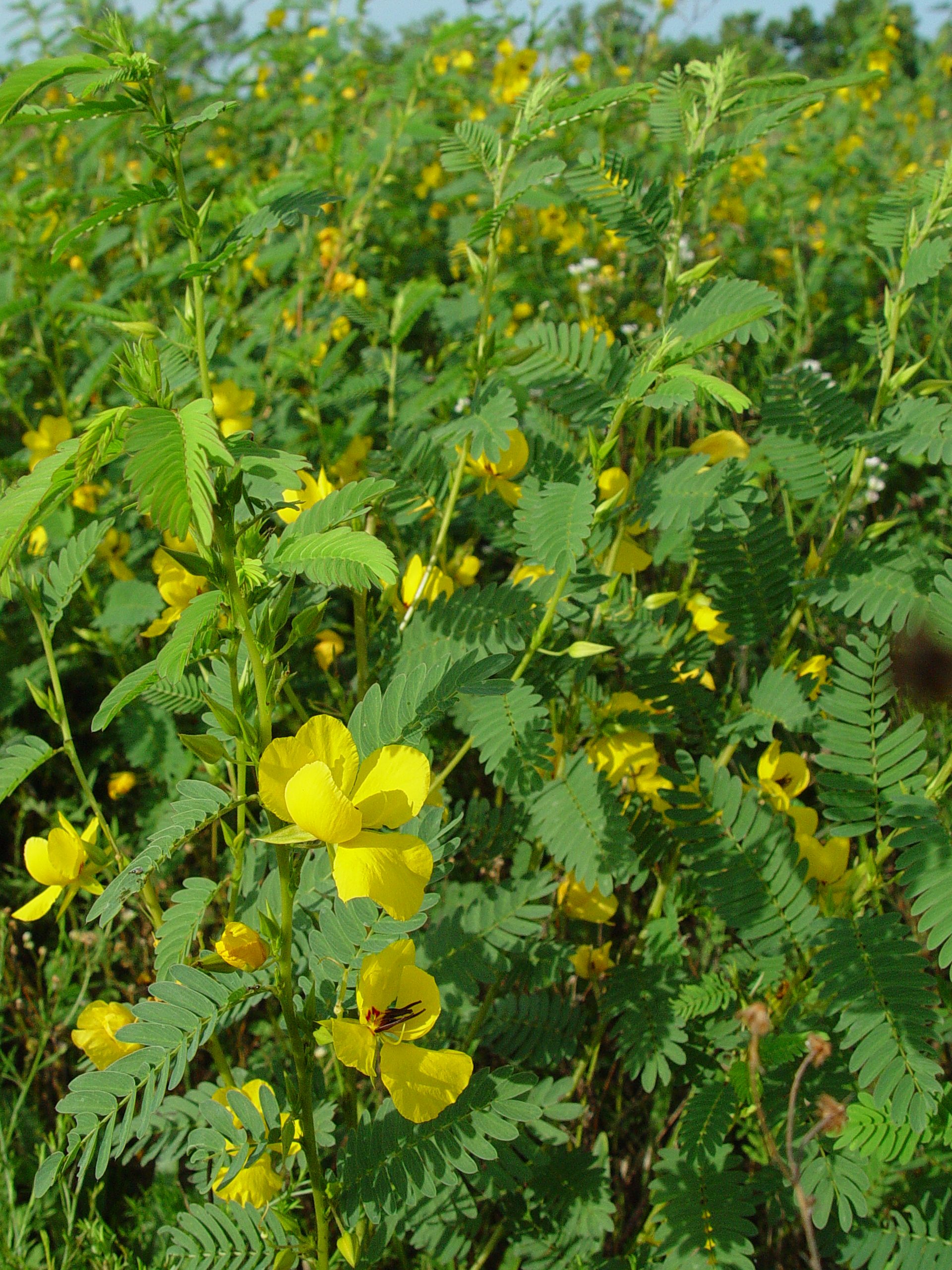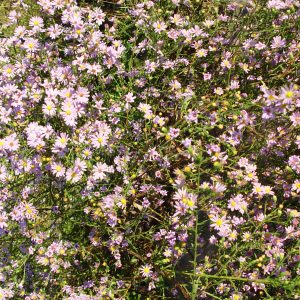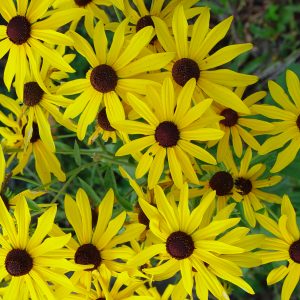Partridge Pea
Chamaecrista fasciculata
Blooms the 1st year in plantings; great wildlife food; host for sulphur butterflies; fixes nitrogen
$3.00 – $28.00
For quantity discount pricing, request a quote.
Description
Chamaecrista fasciculata, commonly known as Partridge Pea, is a native annual legume.
Wildlife notes
The seeds are an important food source for the Bobwhite Quail and Greater Prairie Chicken. Plants provide cover for game birds and browse for deer. Flowers are a good nectar source for bees and butterflies.
Forage notes
Improves soil fertility by fixing nitrogen. Because the foliage is strongly cathartic, it is usually avoided by grazing animals.
Landscaping notes
Popular long-flowering ornamental annual that is perfect for a naturalized setting or meadow where it can freely spread. Native gardens. This plant prefers full sun and average to dry conditions. The soil can contain sand, loam, gravel, or clay, to which this plant will add nitrogen. It favors poor soil because of reduced competition from other plants. Partridge Pea is easy to grow, but can spread readily in dry, open situations.
Restoration notes
It is native to a variety of habitats including rocky open woods, upland slopes, ridges, bluffs, prairies, grasslands, rocky fields and open thickets in the eastern, mid-western and Great Plains sections of the U. S. Sometimes Partridge Pea is deliberately planted to stabilize banks around ditches and other areas, from where it frequently escapes. This plant favors disturbed areas.
Additional information
| Weight | N/A |
|---|---|
| Unit | Packet, Ounce, Pound |
| Light | Full Sun |
| Seeding Rate | 12 bulk lbs/acre |
| Soils | Dry, Average |
| Height | 8"-18" |
| Bloom Month | Aug |
| Color | Yellow |
| Specialty Uses | Butterfly, Wildlife |
| # seeds/pkt | 200 |
| Packet coverage area | 5 sq. ft |
| Life Cycle | Annual |






